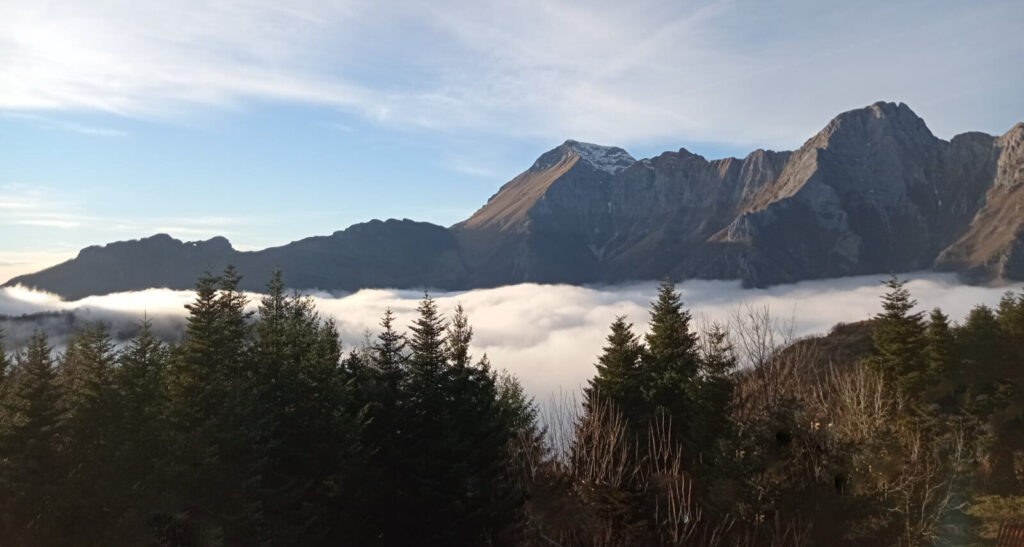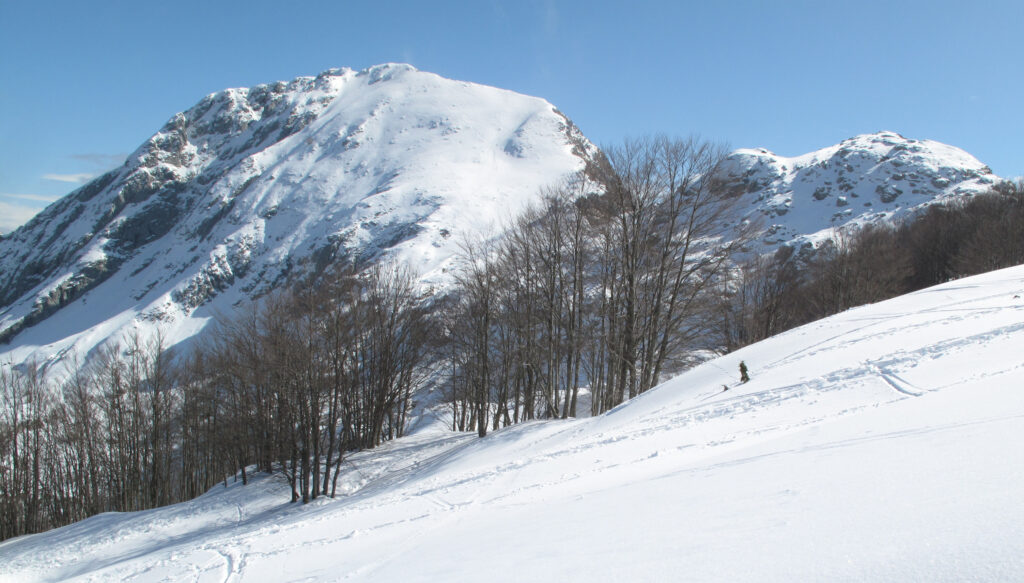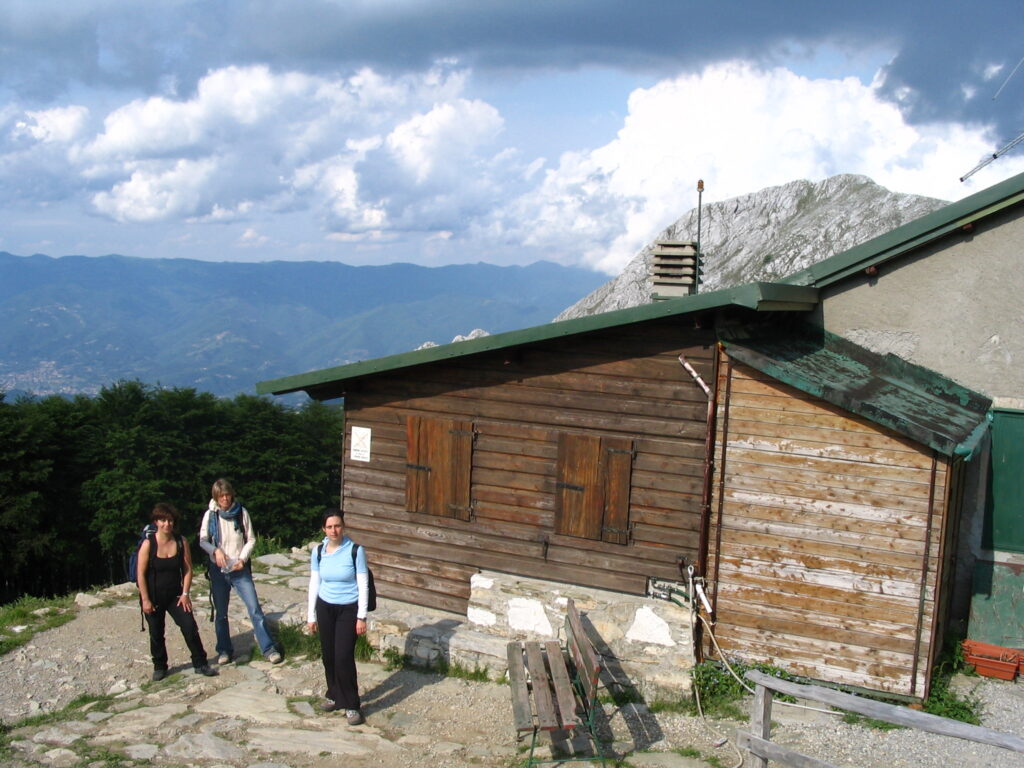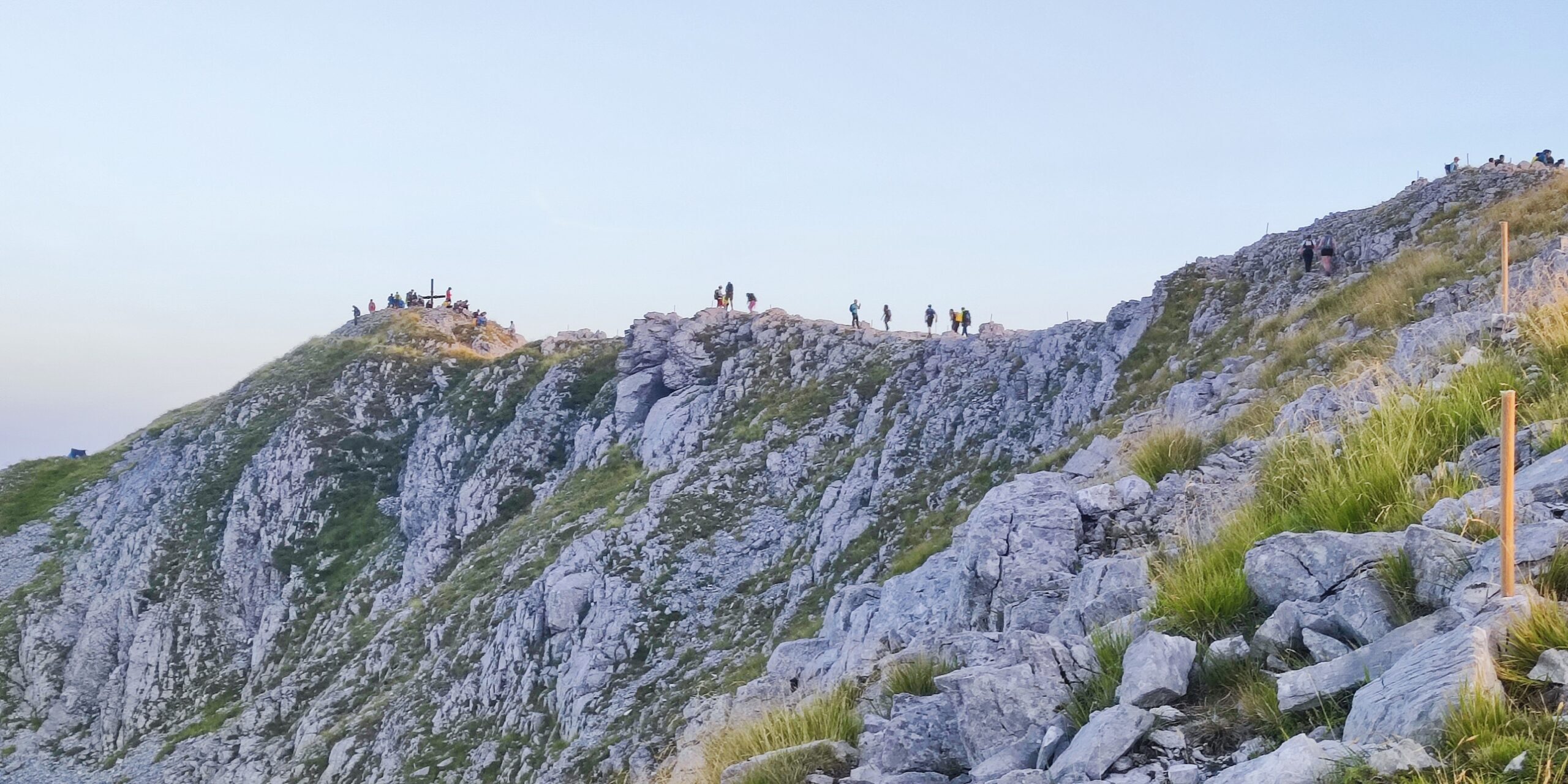Our series of articles dedicated to exploring the Pania Massif, and the mountain that hosts the fantastic underground world of the Grotta del Vento continues. This second feature focuses on one of the main aspects that sets this massif apart from most other peaks in the Apuan Alps. You’ll also find some useful tips for those looking to experience this enchanting place in the easiest and most accessible way.

The good fortune of having no marble
Marble has been the main source of income for the populations living in the Apuan Alps for over two thousand years. It is precisely the near-total absence of this natural treasure on the Pania Massif that has laid the foundations for a promising economic future. This future is based on respect and love for the environment, which can only arise from a mindful approach to sustainable tourism.
Whereas almost all other peaks of the Apuan Alps are deeply scarred by quarries and their vast spoil heaps, the rocks that make up this massif have, by a fortunate combination of geological events, never been subjected to pressures and temperatures high enough to transform amorphous limestone into marble through intense metamorphism.
Marble extraction here was therefore limited to two modest attempts on the north-western slope of the Pania Secca in the first half of the last century. The work didn’t last long, as the marble obtained – of poor quality due to insufficient metamorphism – proved very difficult to sell. As a result, the environmental damage was minimal and has largely been outweighed by clear benefits. As the saying goes, “every cloud has a silver lining.” Today, the old quarries, now reclaimed by time and vegetation, are barely visible. What remains, however, is the long track once used to transport marble blocks down the valley. This is a stroke of luck that today allows hikers to save at least an hour on the approach walk to the Rossi shelter. This is the ideal starting point for reaching the three main peaks of the Pania Massif via the easiest routes.
A responsible, inclusive and shareable form of tourism

The articles on this blog always tend to favour the easiest routes. The aim of this is to encourage a responsible form of tourism that is inclusive and shareable. There is also the wish to help raise environmental awareness among as many people as possible, starting with families and, whenever possible, school groups on educational trips. The most suitable time of year for excursions runs from the second half of spring to the first half of autumn, whereas the winter months should be strictly avoided by beginners, as ice and snow can create highly dangerous conditions.
All of the excursions described here are suitable for anyone who does not suffer from vertigo or specific physical disabilities. All that is required is clothing appropriate for the sudden weather changes often experienced in the Apuan Alps, a good supply of water as there are no springs, and preferably lightweight boots (standard trekking shoes are perfectly adequate). During the hotter months, a wide-brimmed hat is also advisable to protect against the scorching sun. Along all three recommended routes, there isn’t a single tree to provide shade.
We leave it to others to describe alternative routes that require specialist equipment and techniques, meticulous preparation, and particular skills or courage.
How to reach the Rossi Shelter
To reach the Rossi Shelter from the Serchio Valley floor, you can either start from Gallicano (passing near Molazzana) or from Castelnuovo (via Monteperpoli and Montaltissimo). Both routes lead to a mountain road which, after passing the junctions for Eglio and Sassi and then for Alpe di Sant’Antonio, continues past the Rocchette climbing wall and ends shortly after a small commemorative chapel.
Please note that there is no official car park at the end of the road, so you’ll need to park carefully without blocking the passage of other vehicles. Be sure to leave enough space near the chapel for turning around.
From the junction for Alpe di Sant’Antonio, access to the road is subject to a €2 toll.
At the end of the drivable road, take trail no. 7, which starts off level and then begins to climb, leading through a dense beech forest in a mostly rocky landscape. After about an hour and a half of walking, the forest opens out into a large meadow. A further fifteen minutes of ascent brings you to the Rossi Shelter (1,609m above sea level), which in summer offers bar and restaurant services as well as overnight accommodation in a dormitory with bunk beds.

Continue exploring the Pania Massif
Follow along with us and our next articles as we keep exploring the fascinating world of the Pania Massif.
Fancy a walk inside the heart of Pania Secca? Book a tour of the Grotta del Vento — it’s open every day!








